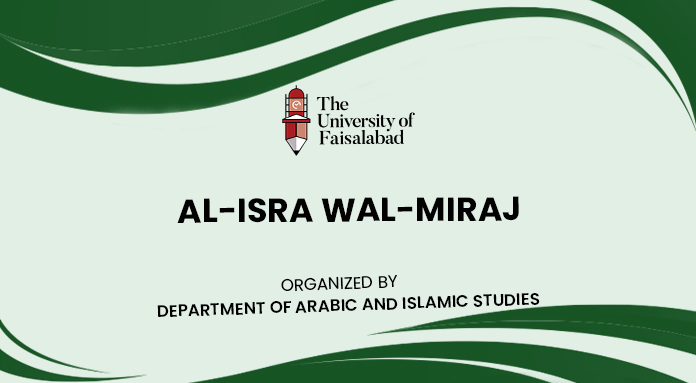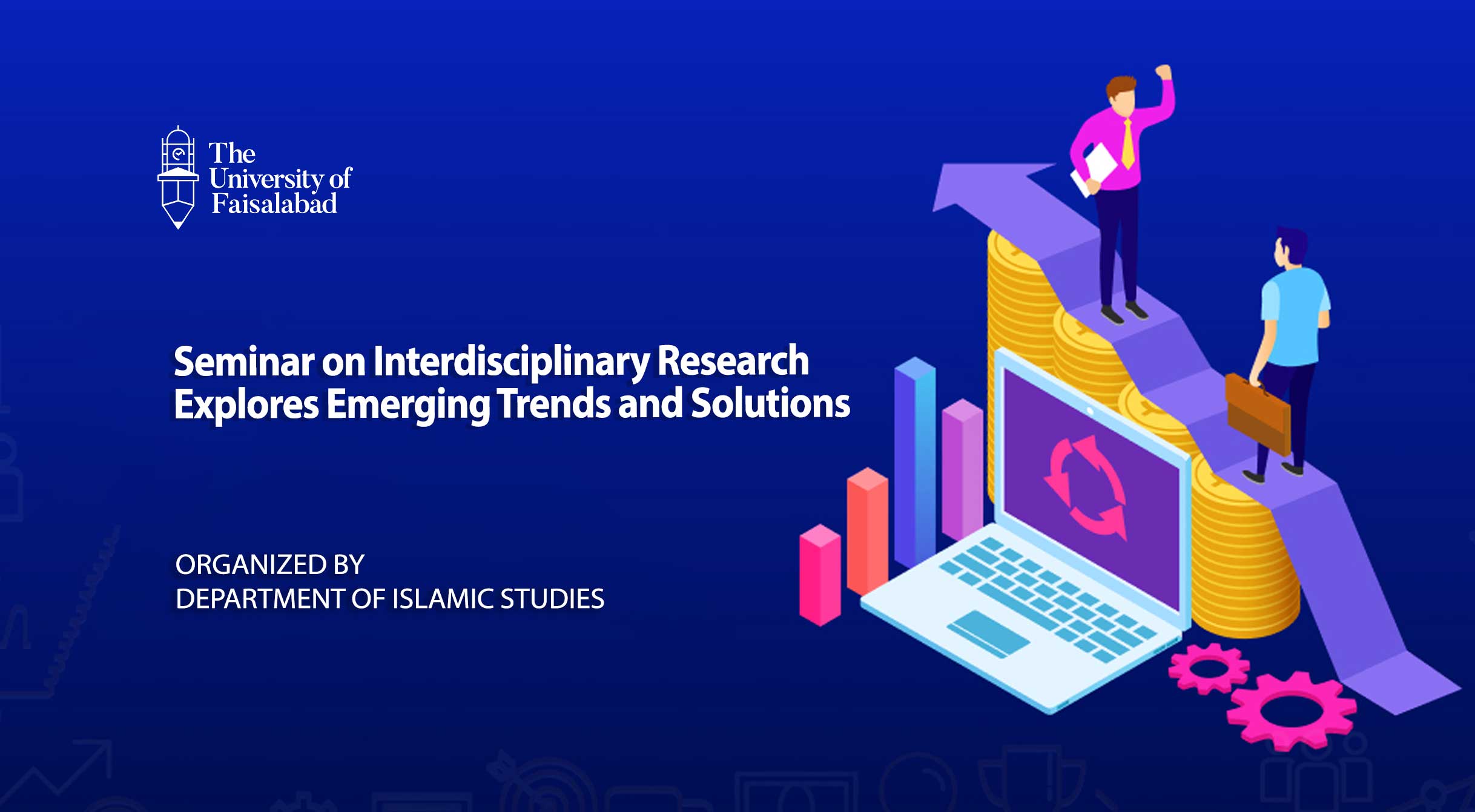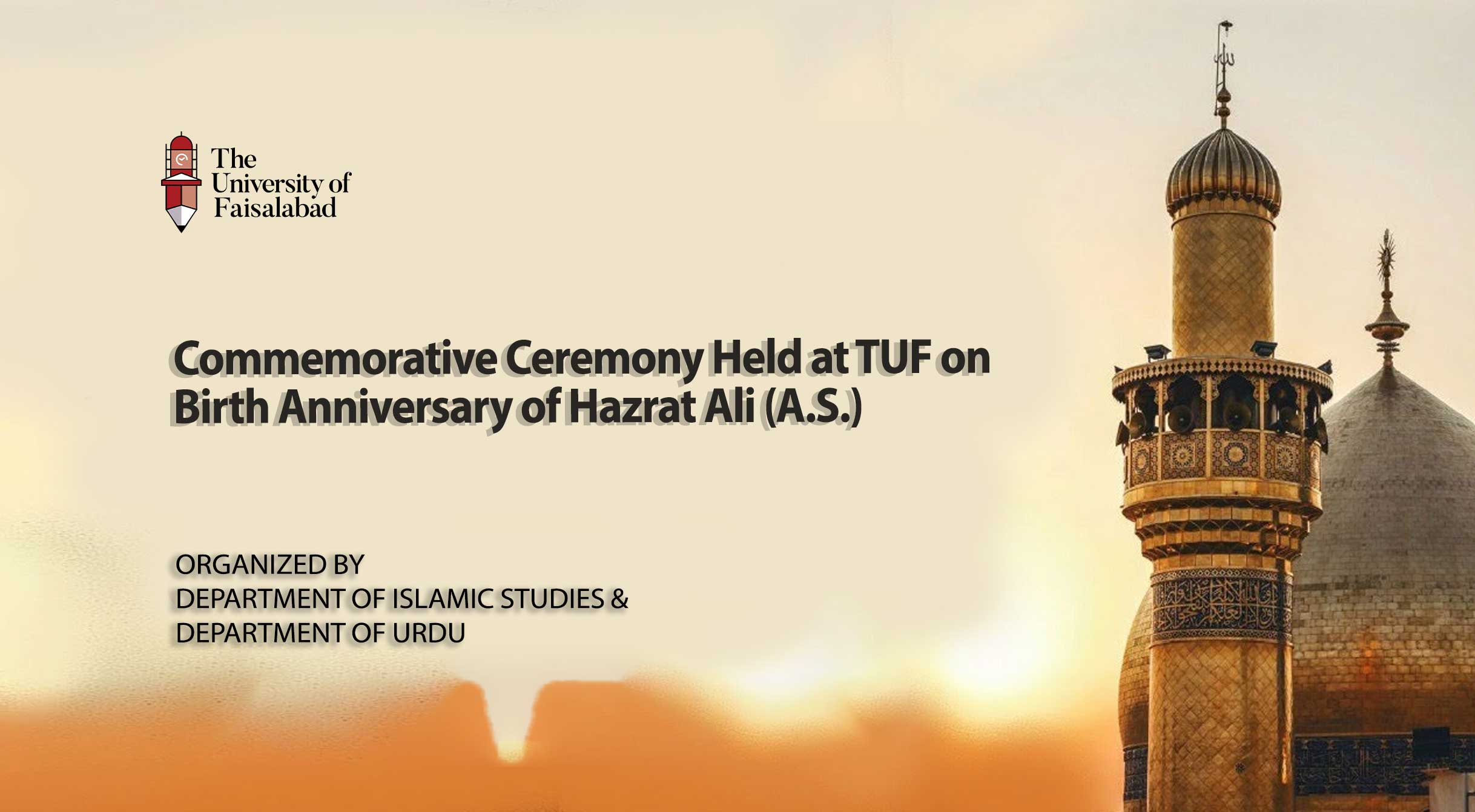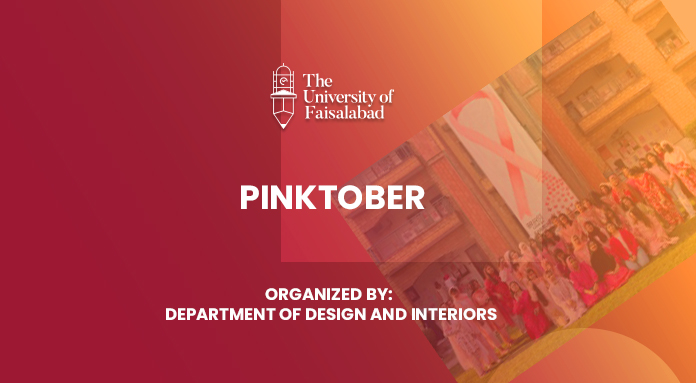
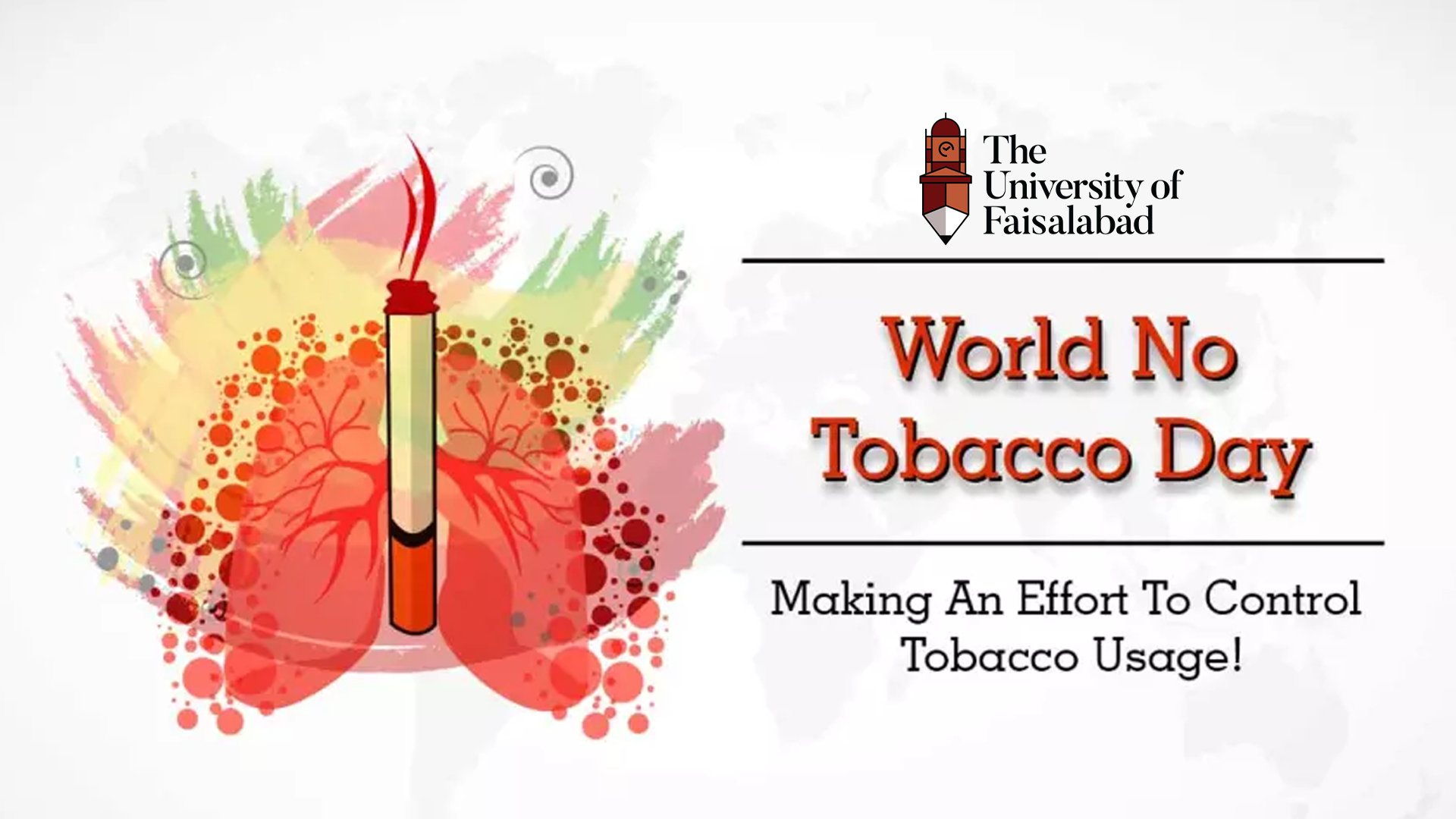
Publication Society
No Poverty
World No Tobacco Day
The poisons in tobacco smoke inflame the delicate lining of lungs. Years of smoking can damage lungs so much that they no longer can stretch and exchange air. To spread the awareness about harmful effects of tobacco on health, Department of Community Medicine, UMDC in collaboration with PINUM Cancer Hospital Faisalabad organized seminar on the occasion of World No Tobacco Day. Prof Dr Muhammad Khaleeq-ur-Rahman, Rector The University of Faisalabad appreciated the efforts of the community medicine department for this awareness seminar. He said thattobacco use is a global epidemic among young people. As with adults, it poses a serious health threat to youth and young adults in our country and has significant implications for this nation’s public and economic health in the future.



Speaking on the occasion, Dr Rana Qamar Javed, Medical Oncologist at PINUM CancerHospital, highlighted that medical research proves that carcinogens present in tobacco causes more than 12 types of cancers. He further added that majority of the patients in PINUM Cancer hospital are diagnosed either at stage 3 or stage 4 where only palliative treatment is offered to them which only provides symptomatic relief. He further said that studies have shown that the risk of cancer is directly proportional to the number of cigarettes smoked per day and the duration of chronic smoking He emphasized that we need to clear the misconception of our youth who is indulging in the modern methods of smoking like E-Cigarettes and VAPES and consider them harmless. In fact chemicals present in these are more harmful than in original cigarettes. Dr Rafshan Gul Nawaz from PINUM Hospital also graced the seminar with her presence.

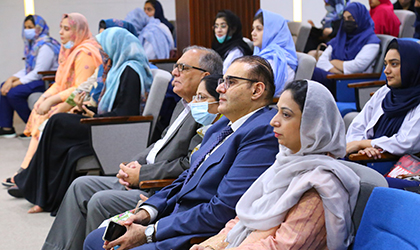

Prof Dr Shazia Aslam, Head of Pathology Department at University Medical & Dental College enlightened the audience with various tobacco-related neoplastic lesions. She said that there are over 7,000 chemicals in tobacco smoke, and more than 250 of these toxins are known to be carcinogenic. These include polycyclic aromatic hydrocarbons (PAHs), cadmium and beryllium (toxic metals), hydrogen cyanide, carbon monoxide, and ammonia. She further added, the most common risk factor for small cell lung cancer is smoking; it is rare to see a patient present with a different cause. Some other risk factors include exposure to other harmful chemicals, second-hand smoke, and a family history of small cell lung cancer.


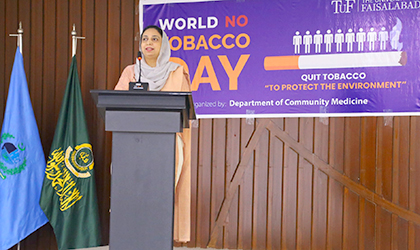
Speaking on the occasion, Associate Prof Dr Sumera Riaz, Head of Community Medicine Department at University Medical & Dental College said that the epidemic of cigarette smoking is one of the largest public health threats and one of the leading causes of preventable deaths, globally as well as in Pakistan. Tobacco kills more than 8 million people every year. She further added that there are many forms of tobacco in the market, including cigars, electronic cigarettes, hookah (water pipe), and sheesha smoking. However, there is no safe form of tobacco, and all of them can cause severe health problems.
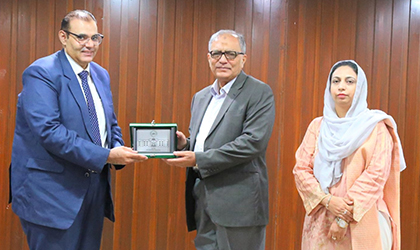


4th Year MBBS students actively participated through their handmade posters and videos which was much appreciated by the faculty members and guest speakers.



